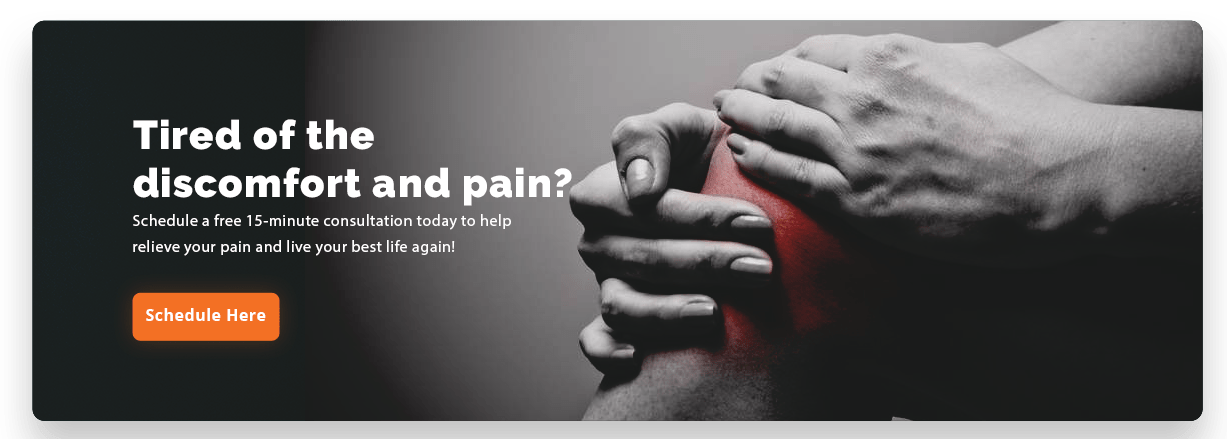“My attitude is that if you push me towards a weakness, I will turn that weakness into a strength” –
The greatest basketball player of all time speaks the truth here. Whether this weakness is personal, spiritual or physical, having the drive to turn those struggles into fuel to become stronger is a fantastic quality. Being in the right state of mind is the first step along this journey of recovery. But the question you want answered today is, how can diagnosing back pain with Anatomy in Motion(AIM) healing help you through your ailments? Here are a few reasons why AIM can be the right remedy for anyone.
What is Anatomy in Motion (AIM)?
Before we explain how diagnosing back pain with Anatomy in Motion treatments can help you, let us define AIM. Anatomy in Motion is a way of looking at the human body. It was developed by Gary Ward, a sports therapist in London and author of ‘What the Foot.’ The philosophy is not a technique but a way to track movement through the human gait cycle (walking).
First thing’s first!
We can’t stress enough that diagnosing your back pain with AIM’s goal isn’t to develop an “I fix you, you fix me” relationship. Gary Ward says that, “the human body is the ultimate healer – a title belonging to no therapist. The goal is to help you to bring your body into alignment and create a balance.”
Your Back Pain and AIM
When diagnosing your back pain with Anatomy in Motion, it doesn’t begin with your back. With Aim, we are able to connect the whole body from your foot to your skull and spot movement compensations, a millimeter here or there, that spirals upwards or downwards and causes pain and dysfunction. Through AIM, we don’t pursue the pain that’s happening currently, for that’s often just a symptom for the root of the pain. AIM is that map that’ll lead us in the direction to discovering the origin of your ailment.
At Pain and Performance Solutions, our AIM process will start with your feet. We will then follow that with a thorough examination of your feet, pelvis, ribcage and skull. By doing this we can track the movements of these body parts and how their attachments are responding to each other. All leading to the core of your ailments. Using this process, we have been able to eliminate people’s painful conditions from the head to the feet.
How Can Anatomy in Motion (AIM) stop your back Pain
Diagnosing your back pain with Anatomy in Motion treatments shouldn’t be thought of as a ‘get healed quickly’ thought process. At Pain and Performance Solutions, our attention to your ailments goes much deeper than the pain you are experiencing. We must get to know you and your body to get a better understanding of where you are mentally and physically, where you’ve been and where your body will allow us to go.
When you set up your first appointment with us, we will inquire about your past health history. We will also want to know when your pain began and what treatments you’ve used before. We will also inquire about what lifestyle you have and what type of exercising you do. Because everyone’s bodies are different, all this knowledge will help us in determining the correct form of treatment you and you alone, will need.
Postural Cause for Back Pain
Below is a list of possible postural imbalances that may be leading to your back pain:
- Previous injuries
- Scar tissue
- Overworked muscles
- Structural abnormalities
- Degenerative changes from aging
- Improper exercise
- The wrong shoes, a heavy handbag or anything that adversely affects walking
- Ordinary stress
How Pain & Performance Solutions Can Help
When you join us at Pain and Performance Solutions we will use everything we’ve learned and all advancements in our field to help determine where your ailment is rooted. Whether it’s a foot analysis using both digital and analog technology, or video analysis to assess your gait and track your anatomy in motion, or postural, structural and biomechanical assessments or soft tissue evaluation. Everything we do will help relieve your pain and get your body back to working in its proper functionality. If you want help in diagnosing your back pain through Anatomy in Motion treatments, or just want to learn more, please contact us at any time.
Breaking New Ground: Recent Advances in Anatomy in Motion (AIM) Research
Since Anatomy in Motion (AIM) was first developed, its principles have transformed how we view and treat back pain. But AIM isn’t a static practice—it evolves alongside advancements in biomechanics, movement science, and pain research. The latest discoveries in AIM expand its scope, offering even more precise tools for diagnosing and treating back pain. Let’s explore these updates and how they can enhance your healing journey.
New Insights into the Gait Cycle and Pain Mapping
Recent studies have highlighted the importance of “micro-compensations” during the gait cycle—small, often imperceptible adjustments the body makes to maintain balance. These compensations, which AIM practitioners have always focused on, are now better understood thanks to advancements in motion-capture technology. This means AIM can map your movement patterns with even greater precision, identifying subtle imbalances that might have been overlooked in traditional assessments.
For instance, researchers have discovered that deviations in toe-off—the point when your toes push off the ground while walking—can significantly impact the alignment of your pelvis and lower back. These findings allow AIM practitioners to refine their techniques further, ensuring that interventions target the exact origin of pain and dysfunction.
The Role of Fascia in Back Pain
Another exciting development is the growing understanding of the fascia’s role in pain and movement. Fascia, the connective tissue that envelops muscles and organs, plays a crucial role in how forces are distributed throughout the body. AIM practitioners have started incorporating fascia-focused techniques to complement their gait cycle analysis. This dual approach addresses both structural and neurological contributors to pain, providing a more holistic treatment.
For example, if tight fascia in the feet restricts movement, it can create a domino effect, leading to compensations in the hips and lower back. By releasing these fascial restrictions and retraining the body’s movement patterns, AIM offers a comprehensive solution to chronic pain.
Integrating AI for Enhanced Diagnoses
The latest update in AIM involves leveraging artificial intelligence (AI) in gait analysis. Some clinics now use AI-driven tools to analyze movement patterns, identify anomalies, and predict how these could evolve into chronic pain. This technology allows practitioners to create highly customized treatment plans based on data-backed insights.
For instance, AI can track how stress or fatigue alters your gait over time, providing a deeper understanding of how lifestyle factors impact your pain. These insights make AIM not only a treatment tool but also a preventive measure, helping patients address potential issues before they become significant problems.
AIM’s Expanding Applications
Beyond back pain, AIM is now being applied to a broader range of conditions, including:
- Post-surgical rehabilitation: Helping patients restore natural movement patterns after surgery.
- Sports performance: Enhancing athletes’ movement efficiency to prevent injuries.
- Neurological disorders: Assisting with movement retraining in conditions like Parkinson’s or stroke recovery.
What This Means for You
These advancements in Anatomy in Motion mean more precise diagnoses, faster relief, and more sustainable results for individuals dealing with back pain and beyond. At Pain and Performance Solutions, we stay at the forefront of these developments, incorporating the latest research and tools into our practice.
If you’re ready to explore how these cutting-edge updates can improve your pain management journey, reach out today. Your body’s natural ability to heal is more powerful than ever with the latest innovations in AIM guiding the way.



